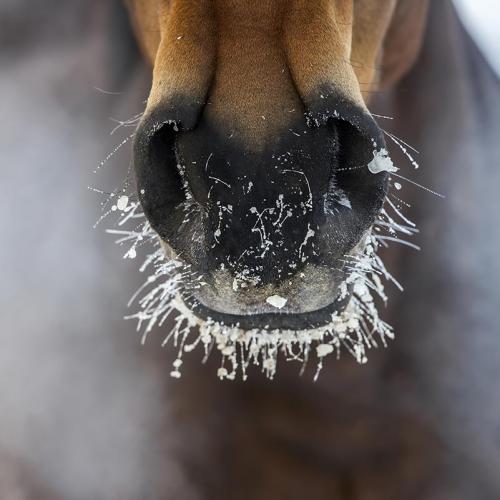There are lots of trainers – good trainers and bad trainers. This is a conversation that comes up a lot with equestrians of all disciplines and all skill levels. When is it time to move on from your current trainer?

The dry air associated with cold temperatures may cause your skin to be a bit itchy this winter. With all this scratching, you might wonder if your horse is susceptible to any seasonal dermatologic issues. Here are a few to keep a look out for. As always, if you notice any abnormality with your animal, it is always best to consult with your veterinarian for appropriate diagnostic and treatment recommendations.
The good news with most of these skin problems is that they readily resolve with appropriate changes in management practices, and in some cases diet and supplementation.
Wishing you much warmth and dry pastures this winter!
There are lots of trainers – good trainers and bad trainers. This is a conversation that comes up a lot with equestrians of all disciplines and all skill levels. When is it time to move on from your current trainer?
While you are working on New Year’s resolutions for yourself, consider making a few for your horse as well. Here are a few suggestions...
Maintaining a healthy weight is essential for horses as they age. Here are a few tips to help keep your horse fit and trim.
Would you know it if your horse was in pain? Even if you knew your horse was in pain, would you know what type of pain he or she was suffering from?